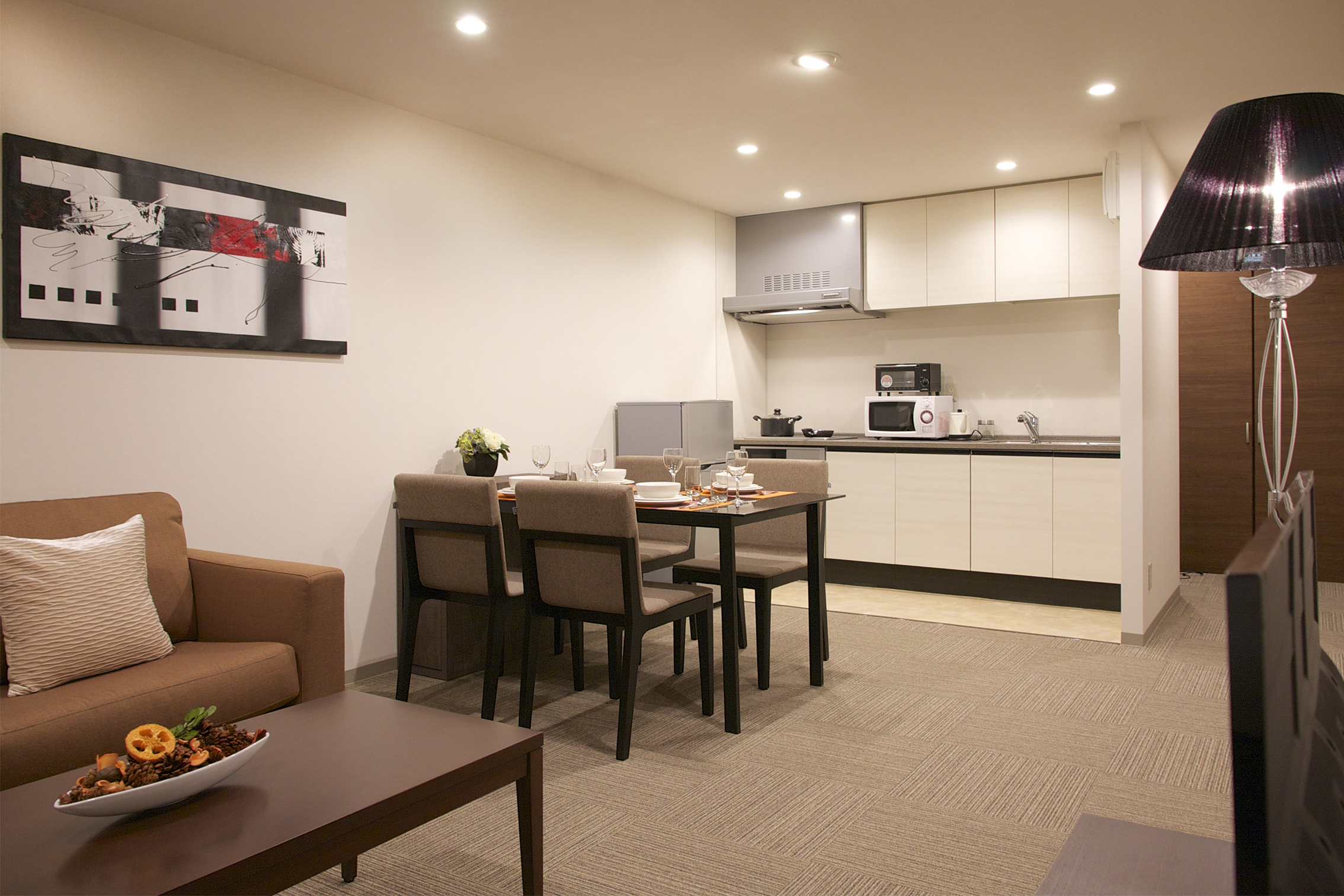Finding the Perfect Junior 1-Bedroom Apartment in Toronto

Toronto, a vibrant city with a diverse population, offers a wide range of housing options, including the popular junior 1-bedroom apartment. These apartments are ideal for individuals or couples seeking a bit more space than a studio while remaining within a manageable budget. Finding the perfect junior 1-bedroom apartment requires careful consideration of location, budget, and amenities.
Location, Junior 1 bedroom apartment toronto
The location of your apartment is crucial, as it impacts your daily commute, access to amenities, and overall lifestyle. Toronto boasts a variety of neighborhoods, each with its own unique charm and appeal.
- Downtown Core: This area offers the ultimate convenience, with close proximity to major employers, entertainment venues, and public transportation. However, it comes with a higher price tag and a bustling atmosphere.
- Midtown: A popular choice for young professionals and families, Midtown provides a balance of urban amenities and a more relaxed vibe. It offers a range of housing options, including junior 1-bedroom apartments, at slightly more affordable prices than Downtown.
- Yorkville: Known for its luxury boutiques, upscale restaurants, and trendy bars, Yorkville is a prestigious neighborhood with a high cost of living.
- The Annex: This charming neighborhood offers a mix of historic architecture, independent shops, and green spaces. It attracts students, young professionals, and families who value a quiet and community-oriented atmosphere.
- Little Italy: This vibrant neighborhood is renowned for its authentic Italian restaurants, cafes, and shops. It offers a strong sense of community and a lively atmosphere, making it a popular choice for young professionals and families.
- The Beaches: Located on the eastern edge of the city, The Beaches offers a relaxed and waterfront lifestyle. It’s a popular choice for families and individuals seeking a peaceful environment with easy access to nature.
Budget
Budget is a significant factor when searching for an apartment in Toronto. Junior 1-bedroom apartments in the city can range from $1,500 to $3,000 per month, depending on the location, size, and amenities.
- Consider your monthly expenses: Before you start your search, create a realistic budget that accounts for rent, utilities, transportation, groceries, and other essential expenses.
- Explore different neighborhoods: Prices vary greatly across Toronto neighborhoods. Research different areas to find one that fits your budget.
- Negotiate with landlords: Don’t be afraid to negotiate with landlords, especially if you’re a long-term tenant or have a strong credit history.
Amenities
Junior 1-bedroom apartments in Toronto come with a variety of amenities, which can significantly impact your overall living experience.
- In-suite laundry: This is a highly sought-after amenity, as it saves you time and money on laundry services.
- Balcony or patio: A balcony or patio provides a private outdoor space for relaxation and enjoyment.
- Building amenities: Consider amenities like a gym, swimming pool, party room, or concierge service.
Junior 1-Bedroom vs. Studio
Choosing between a junior 1-bedroom and a studio apartment in Toronto depends on your individual needs and priorities.
- Junior 1-bedroom: Offers more space than a studio, typically with a separate sleeping area and a small living space. This provides more privacy and flexibility.
- Studio: A single room that serves as both living and sleeping space. It’s a more compact and affordable option but may lack privacy.
Understanding the Junior 1-Bedroom Apartment Market in Toronto

The junior 1-bedroom apartment market in Toronto is a dynamic and ever-evolving landscape, influenced by a complex interplay of factors like supply and demand, economic conditions, and seasonal fluctuations. Understanding these market trends is crucial for both landlords and tenants seeking to navigate this competitive rental environment.
Rental Prices and Availability
Rental prices for junior 1-bedroom apartments in Toronto are influenced by various factors, including location, building amenities, and the overall market conditions. In recent years, the demand for these units has outpaced supply, leading to steadily increasing rental rates. According to a recent report by Rentals.ca, the average rent for a junior 1-bedroom apartment in Toronto was $2,300 per month in August 2023. However, prices can vary significantly depending on the specific neighborhood and the building’s features. For example, a junior 1-bedroom in a highly desirable downtown neighborhood with amenities like a gym, pool, and concierge service might command a premium rent compared to a similar unit in a more peripheral area.
Availability of junior 1-bedroom apartments in Toronto can fluctuate throughout the year. Typically, the market is more competitive during peak seasons, such as the spring and fall, when students and young professionals are looking for new accommodations. During these periods, it’s common to find a limited number of available units, and landlords may be more selective in choosing tenants. Conversely, during the winter months, the market tends to be less competitive, with more units available and potentially more flexible lease terms.
Types of Tenants
Junior 1-bedroom apartments in Toronto attract a diverse range of tenants, often seeking a balance between affordability and space. These units are popular among young professionals, students, and individuals who prioritize a central location and access to amenities. The compact nature of these apartments makes them suitable for those who value convenience and don’t require extensive living space.
Impact of Economic Factors and Seasonality
The junior 1-bedroom apartment market in Toronto is sensitive to economic fluctuations. During periods of economic growth, the demand for rental units, including junior 1-bedrooms, tends to increase, potentially driving up rental prices. Conversely, during economic downturns, rental demand may decline, leading to potential price adjustments and increased availability.
Seasonal factors also play a role in the junior 1-bedroom apartment market. As mentioned earlier, peak seasons, such as spring and fall, are typically characterized by higher demand and limited availability, while winter months often see a decrease in demand and increased availability. Understanding these seasonal patterns can help both landlords and tenants make informed decisions regarding rental pricing and lease terms.
Living in a Junior 1-Bedroom Apartment in Toronto: Junior 1 Bedroom Apartment Toronto

Living in a junior 1-bedroom apartment in Toronto presents a unique set of challenges and rewards. While these apartments offer a more affordable option for those seeking independent living in the city, they often come with limited space and require creative solutions for maximizing functionality.
Maximizing Space and Creating a Functional Living Environment
Creating a functional living environment in a junior 1-bedroom apartment requires strategic planning and clever use of space. Here are some tips for maximizing space and creating a comfortable living environment:
- Multifunctional Furniture: Invest in furniture that serves multiple purposes. For example, a sofa bed can double as a guest bed and a coffee table with storage can provide extra space for belongings.
- Vertical Storage: Utilize vertical space by incorporating shelves, wall-mounted organizers, and storage bins. This helps keep items off the floor and maximizes floor space.
- Mirrors: Strategically placed mirrors can create the illusion of more space by reflecting light and making the room appear larger.
- Minimalist Approach: Embrace a minimalist approach to decor and belongings. Declutter regularly and donate or sell items you no longer need. This helps to create a sense of spaciousness.
Challenges and Rewards of Living in a Junior 1-Bedroom Apartment in Toronto
Living in a junior 1-bedroom apartment in Toronto presents both challenges and rewards.
- Challenges:
- Limited Space: Junior 1-bedroom apartments are typically smaller than standard 1-bedroom apartments, which can make it challenging to find enough space for all your belongings.
- Noise: Living in a smaller apartment often means being closer to your neighbors, which can lead to increased noise levels.
- Lack of Privacy: With a combined living and sleeping area, it can be difficult to find privacy, especially when living with roommates or a partner.
- Rewards:
- Affordability: Junior 1-bedroom apartments are often more affordable than larger units, making them a viable option for those on a budget.
- Location: Junior 1-bedroom apartments are often located in desirable neighborhoods with easy access to amenities and public transportation.
- Community: Living in a smaller apartment can foster a sense of community with your neighbors.
Sample Floor Plan for a Junior 1-Bedroom Apartment in Toronto
Here is a sample floor plan for a junior 1-bedroom apartment in Toronto, including furniture placement and storage solutions:
Living/Sleeping Area:
* A sofa bed placed against the wall with a coffee table with storage in front.
* A small desk with a bookshelf above it placed in a corner.
* A floor lamp for additional lighting.
* A large mirror placed above the sofa bed to create the illusion of more space.Kitchen Area:
* A small dining table with two chairs placed near the window.
* A compact kitchen island with storage and a sink.
* A microwave and a small refrigerator.
* Wall-mounted storage shelves above the kitchen counter.Bathroom:
* A shower stall with a glass door.
* A vanity with a mirror and storage.
* A small linen closet for towels and toiletries.Storage Solutions:
* Under-bed storage bins for seasonal items.
* Wall-mounted hooks for hanging coats and bags.
* Over-the-door organizers for shoes and accessories.
